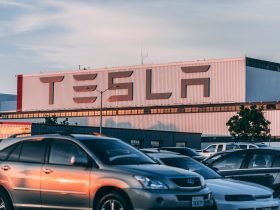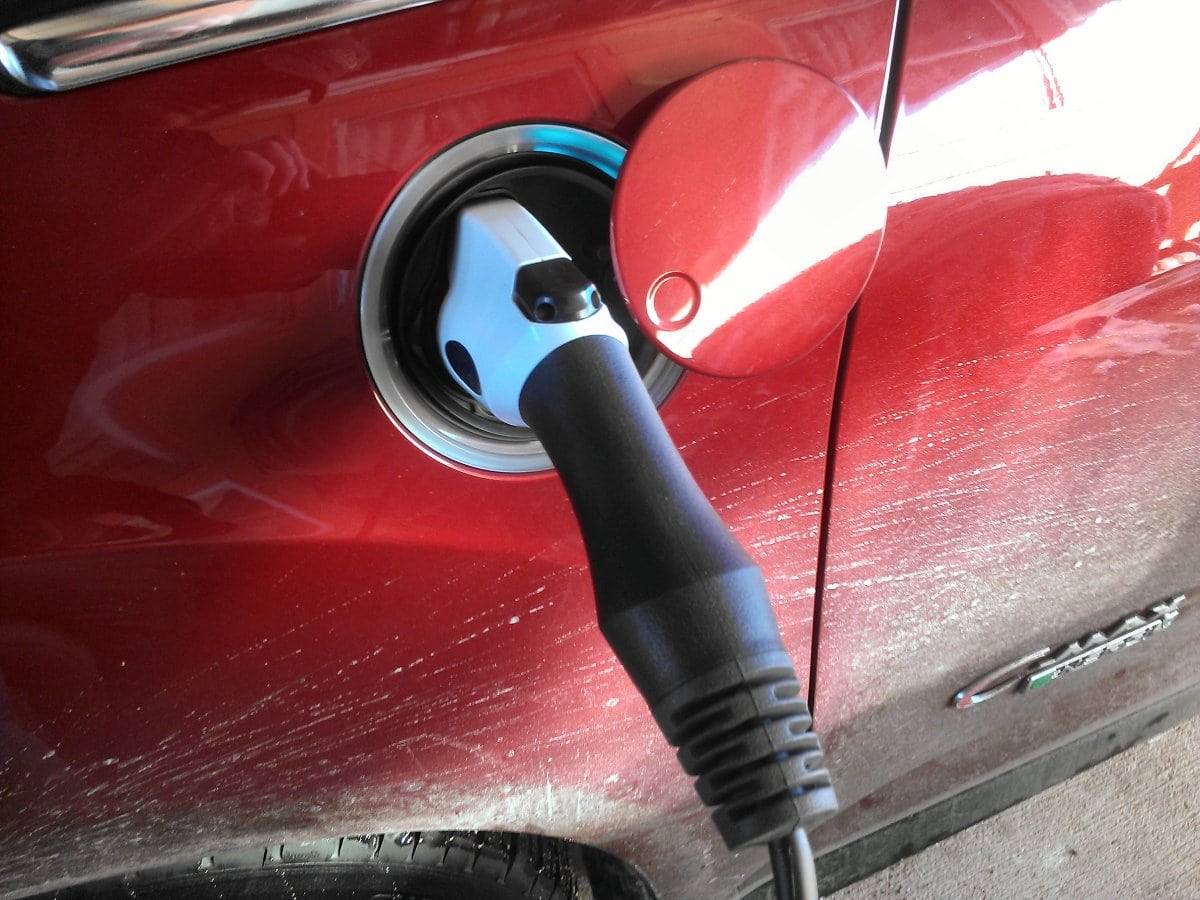Electric vehicles have been riding pretty high for the past few years. Growth in the segment has gone from near zero to about 7.5 percent of annual new car sales in the U.S. Mostly based on the juggernaut of sales that is Tesla. But that is showing signs of slowing.
Mass adoption of EVs has several hurdles to cross. Infrastructure, reliability, road taxes, and costs are just the major items on that list. How clean or dirty they might be environmentally, whether they can be built locally in the same way gasoline-powered vehicles are, and how much government incentive should or shouldn’t be involved are also questions not easily answered.
As it is, the market is showing signs of slowing and it’s likely that when fourth-quarter sales figures come out, EV adoption will have stagnated.
Most of the automotive market is already beginning to show signs of struggle as the overall economy affects sales. A couple of years of high markups amid low inventory delayed a lot of purchases and once those market conditions began to normalize, with production and inventory finally getting back to full swing, those delaying finally went out to buy. That momentum carried a large portion of the year’s sales, along with mid-year announcements that many beloved models would be getting the axe for 2024. This kept sales relatively high this year. Nobody in the industry expects that to continue.
Now, dealers are talking about inventory backups. Especially with EV models. Most dealerships aim for about a 45- to 60-day supply of models on the lot. With the caveat that the longer a dealership holds a car on its lot, the less money it will make from the sale. Most vehicles are purchased from the manufacturer on loan with 30, 45, or 60 days to hold it interest-free. If the vehicle sells during that time period, the dealership has far less overhead to cover for it and it’s a win-win for dealer and manufacturer. If it takes longer than that, the dealership has to pay interest and begins losing money instead. Not as ideal. Smaller dealerships usually aim to stay within the 30-day supply window while larger ones are usually in the 60-day window.
Right now, the average dealer lot has a 51-day supply of vehicles for sale. Unless they’re electric. Then they’re in the 92-day range. Which isn’t good.
Tesla has slashed its prices down to counter the supply-demand tilt and it’s helped. But that only goes so far and, as CEO Elon Musk has barely been able to admit openly, those price cuts are hitting the bottom line. Investors have definitely noticed that. Now Tesla us under scrutiny both here and abroad as problems with its vehicles (on safety, build quality, how it treats workers, etc.) start to become more than just occasional headlines. Musk has admitted that the Cybertruck’s rollout won’t save the company and has implied that it probably won’t sell in the huge numbers he’d promised when it was announced a couple of years ago.
Ford, which was doing very well with its Mustang Mach-E crossover and Lightning pickup truck, is now also seeing big drops in purchases. The Lightning, it turns out, was mostly a niche item and, as we and many other reviewers have noted, isn’t really much of a pickup truck beyond its flashy looks and technology. The Mach-E, while a fine ride on its own, seems to have peaked as sales are now clearly slowing. Both models have very bad numbers with some dealerships saying they have more than 120 days of inventory for these models.
Other EV manufacturers are running into similar problems. Toyota’s new bZ4X (I had to Google that, nobody remembers that name) launched to market and immediately ran into problems and recalls that made big headlines. Much to Toyota’s chagrin. Sales never had a chance to get anywhere. By proxy, the Subaru version (called the Solterra) also never really saw consumer interest. Nissan, Volkswagen, and General Motors have faced similar issues in terms of lack of consumer interest and, in GM’s case, a host of bad publicity from repeated recalls.
In short, the early adopters for electric vehicles have adopted theirs. The mainstream buyer isn’t as interested. And now that frenzy of production is catching up to automakers and their dealerships. Inventories are stacking. Many dealers, when given the chance, have opted out of EVs altogether.
Ford, which was attempting to require its dealerships to jump on the EV bandwagon, heard the cries of complaint and gave many dealerships a waiver or a way out. GM’s Buick branded dealerships were given a chance to opt out by giving up their Buick franchise and a whole lot of them took that buyout. That’s telling, as GM has aggressively used that brand as a pinnacle of its all-electric plans for the near future.
And now there’s an open letter to President Biden from about 4,000 car dealers in the U.S. asking him to slow down on the EV hype. “Last year, there was a lot of hope and hype about EVs,” they wrote. “But that enthusiasm has stalled. Today, the supply of unsold BEVs [battery-electric vehicles] is surging.. even with deep price cuts, manufacturer incentives, and generous government incentives.”
Manufacturers have seen the writing on the wall; at least for the near term. Ford has slashed Lightning production by half. GM has (temporarily) discontinued its Bolt models. Even Tesla has reportedly slowed production on several models due to stacking inventory. And autoworker unions, which made electric vehicle production (and the resulting loss of jobs) a front-and-center point during strikes and negotiations this year, are now actively pushing into non-union factories. Using their huge wins against the traditional Detroit makes as momentum.
The overall new car market is slowing as a whole, but electric vehicle sales show signs of slowing at a rate that’s much faster than the general market. Going into 2024, we can expect that these trends will continue, especially as interest rates remain high and general consumer purchasing slows down. Electric vehicles may have peaked for a little while and will almost certainly see a big drop in growth compared to the last three years.
Until the problems EVs face are overcome–especially in costs, pricing, and infrastructure–they’ll continue to be a niche. Manufacturer interest, while remaining high when it comes to verbiage, will wane in terms of production alongside this consumer slump.
Right now, it appears that the biggest advocate for electric vehicles is the man in the White House and his staff. Given the low approval ratings and the often questionable rhetoric that comes from that political source, however, it’s a little tough to see that as an upside. As we’ve predicted before, it’s very unlikely that the 2035 EV mandate will hold.
This editorial originally published on EVmeme.com.






